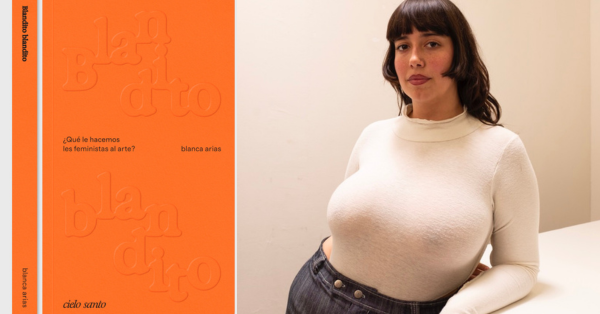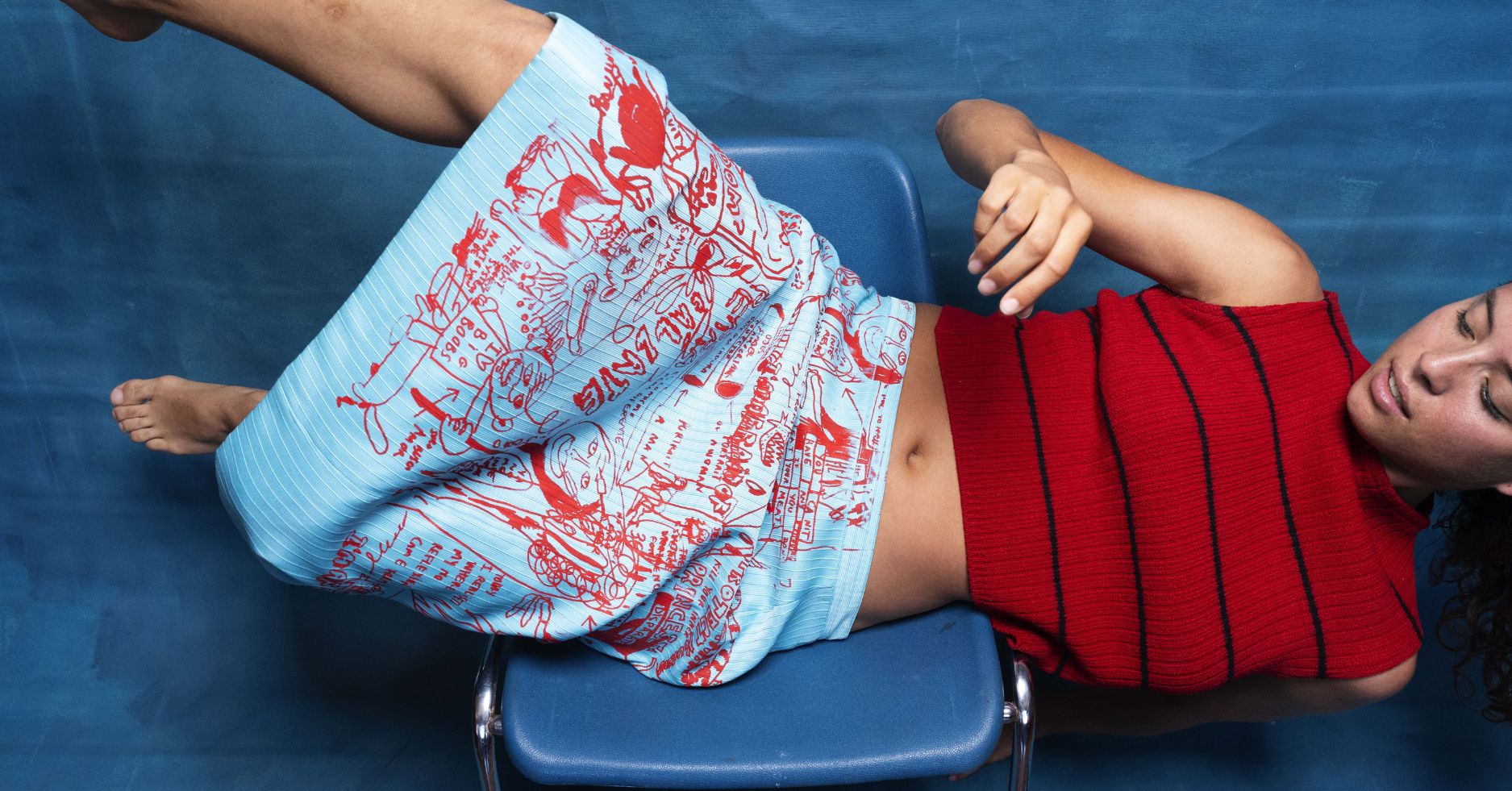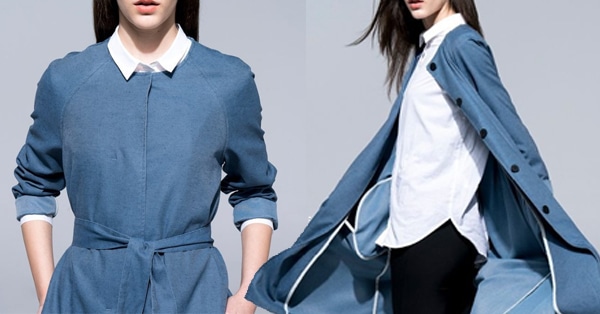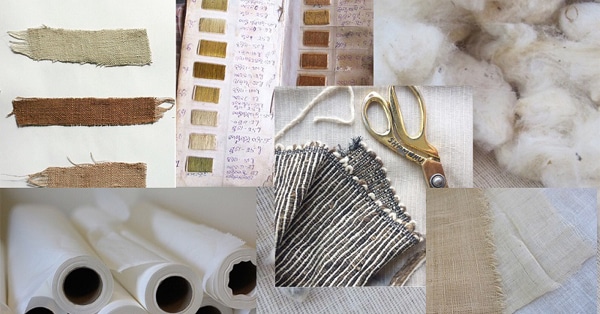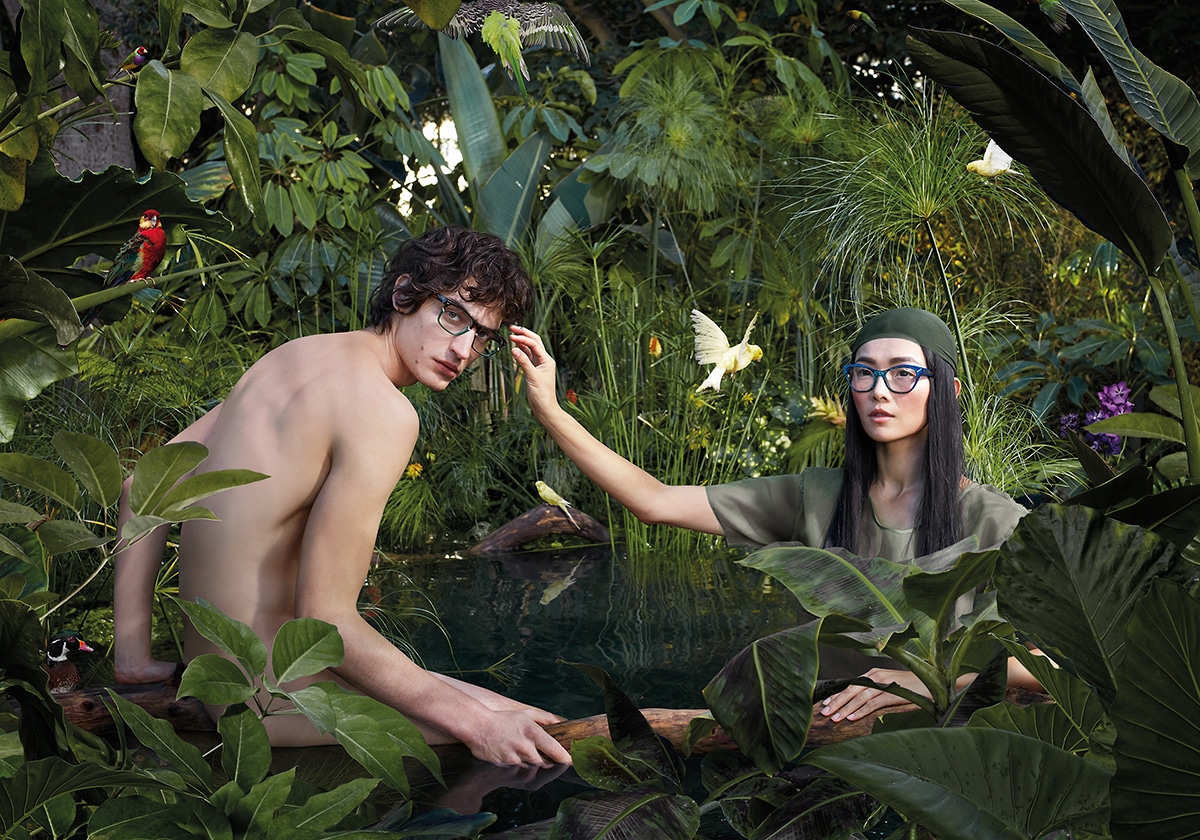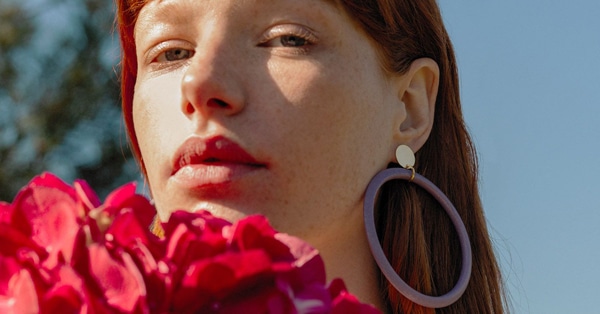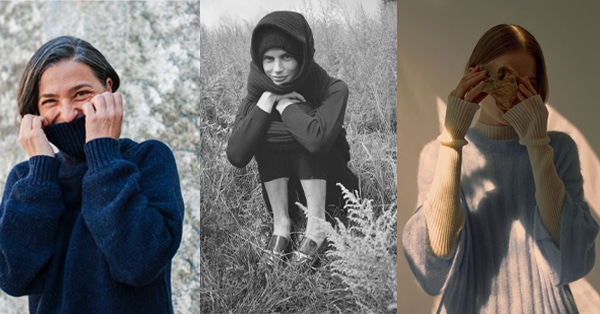Alice Austen made her own way, surrounded by her friends and guided by her camera. A pioneer of photography, she turned domestic life into play, diary and refuge. In early twentieth-century New York, her images captured cross dressing, gestures and shared rituals shaped by the search for freedom in the ordinary, offering fragmented glimpses of lesbian intimacy.
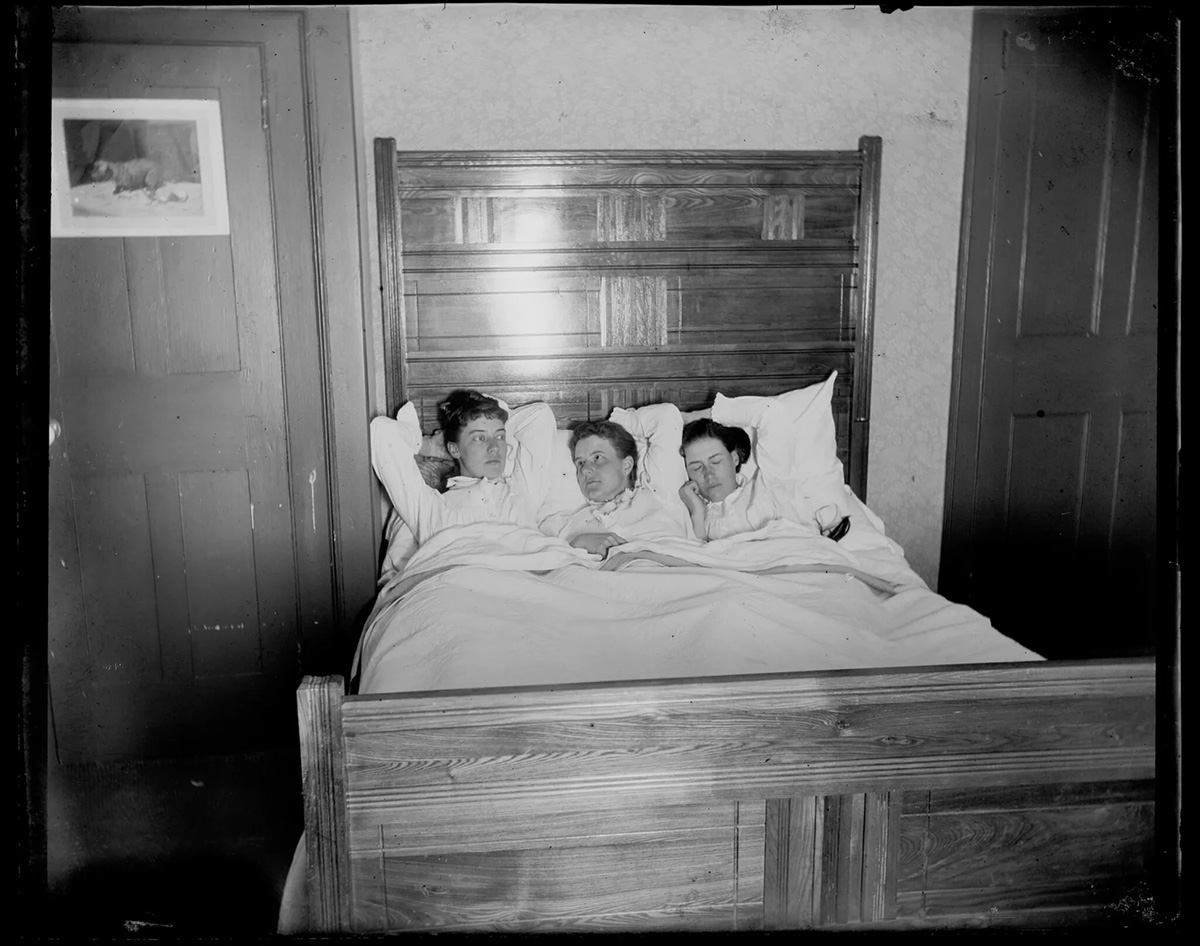
Through self-portraits, scenes of women cross-dressing and candid moments of affection, she transformed the personal into a quiet act of resistance. Far from passive documentation, her photography unsettled fixed notions of femininity, privacy and propriety. Behind the lens, Alice Austen (1866–1952) made space for play and self-expression, staging intimate moments with friends who often defied gender norms. She learned photography as a teenager and mastered the technical challenges of the medium, producing over 8,000 images across her life. Working outside any commercial or institutional circuit, she turned domestic life into a creative playground, a perspective shaped by and explored in the exhibition ‘Alice Austen. Deshacer el género‘, curated by Maira Villela and presented in 2023 at the Museo Nacional del Romanticismo, which explored her work as a way of undoing gender from within the everyday.
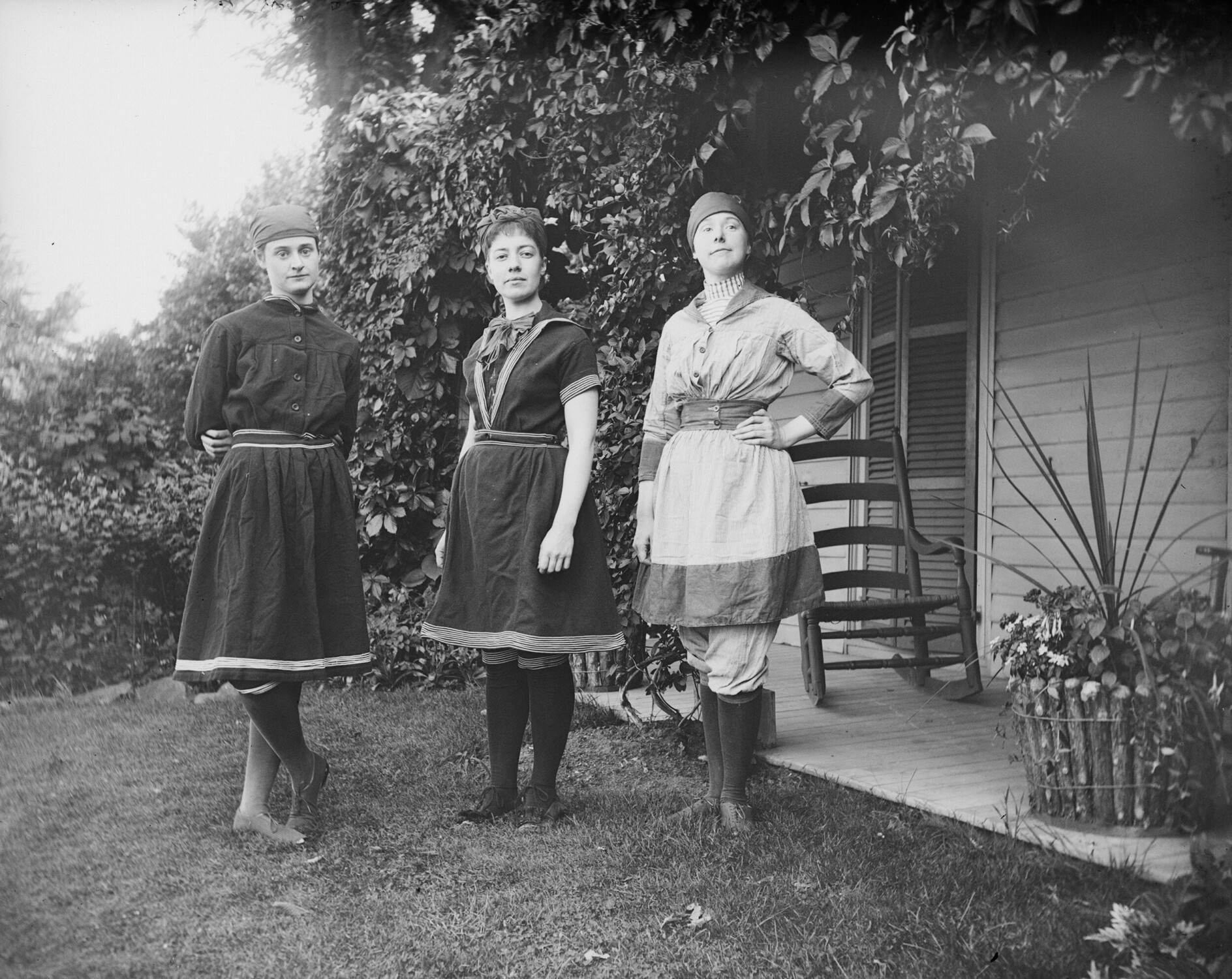
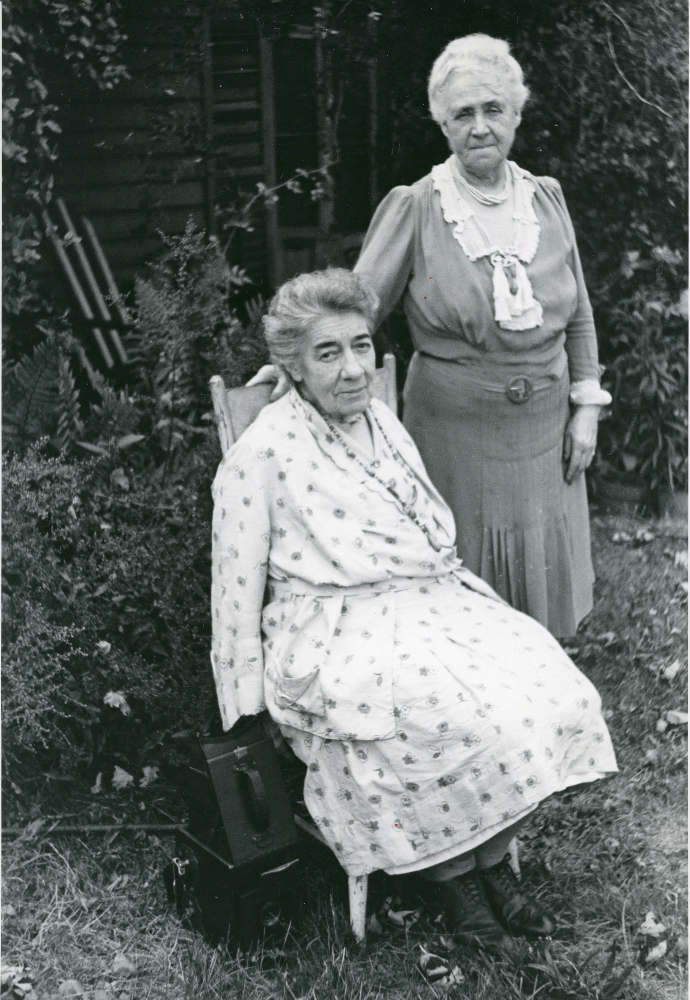
Gertrude Tate y Alice Austen
Among the women who appear most frequently in her photographs was Gertrude Tate, her life partner for over five decades. Their shared life at Clear Comfort, Austen’s Victorian home in Staten Island, was marked by friendship, dance, photography and community. Austen often photographed her nonconforming circle of friends, creating a singular visual record of a private world that quietly defied social expectations. Several of her most striking images question gender roles. In The Darned Club, four women appear in pairs, arms around each other’s waists. In another photograph, Alice and two friends wear men’s suits. She holds a cigarette, while her friend Julia Martin sits with an umbrella between her legs in a suggestively phallic pose.
“We look so funny with those mustaches on, I can hardly tell which is which. We did it just for fun. Maybe we were better looking men than women”, Austen recalled in 1951.
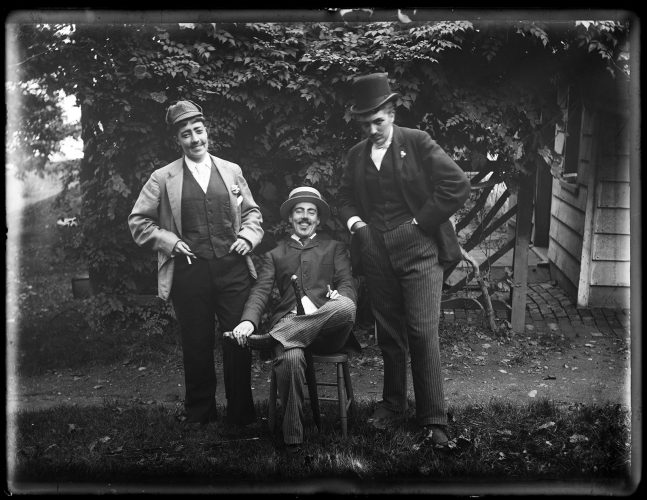
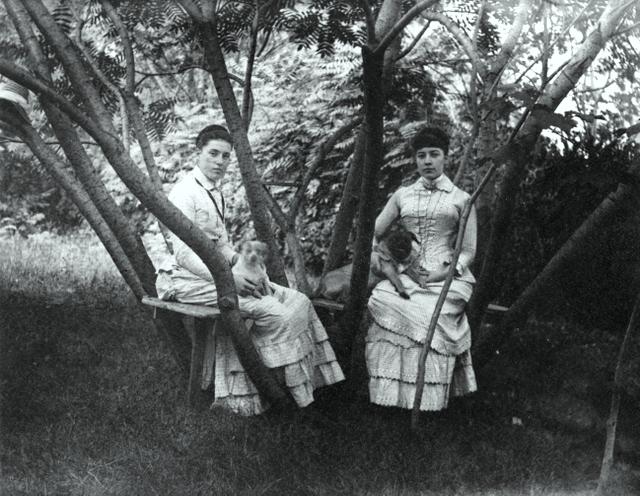
Julia Martin y Alice Austen
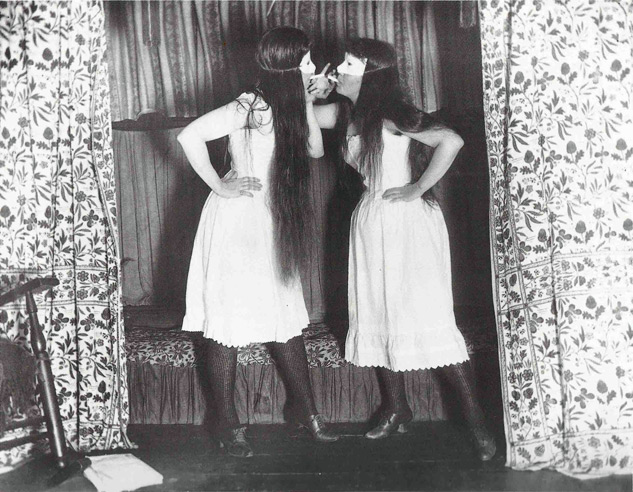
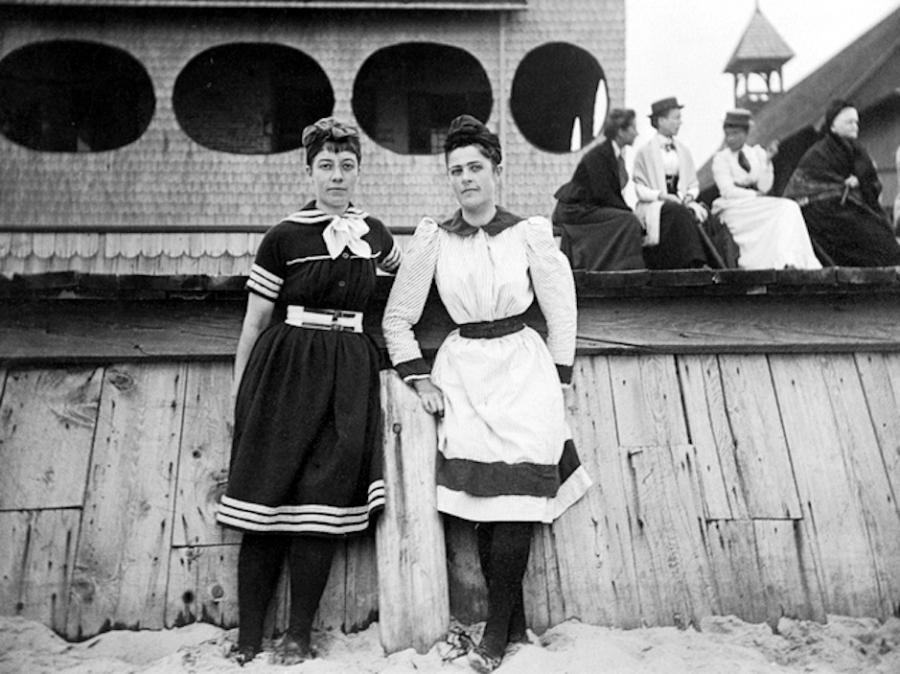

Austen’s refusal to conform extended far beyond the frame. She never married, chose to live with another woman, and cultivated a space of freedom in the domestic sphere. Her personal archive reveals how care, routine and intimacy with other women could become a political gesture. This dimension is explored in Too Good to Get Married. The Life and Photographs of Miss Alice Austen, a recent monograph by Bonnie Yochelson, which presents Austen not only as a pioneering artist but as a woman who consciously crafted an unconventional life in defiance of Victorian norms. 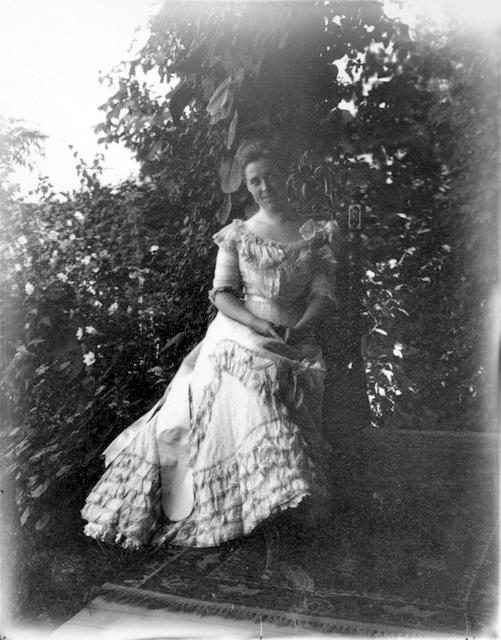
Gertrude Tate
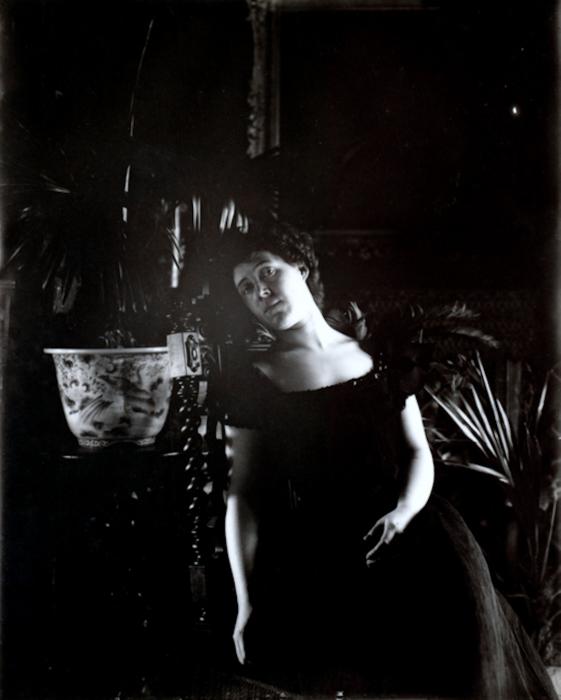
Gertrude Tate
Despite losing her fortune during the 1929 crash, Austen managed to keep Clear Comfort thanks to the income Tate earned by teaching dance. Inspired by a successful fundraising event they had hosted in the 1920s, Tate suggested opening a tearoom in the house. It operated during summer seasons but closed in 1940. After being evicted in 1945, they moved to a small apartment in St. George, where Tate cared for Austen until an accident forced her to stop working. Austen was placed in a series of facilities and eventually transferred all her remaining possessions to Tate’s name. When Tate moved in with relatives in Queens, they refused to take Austen in. Still, Tate visited her every week, even after she was institutionalised at the Staten Island Farm Colony. The rediscovery of 3,500 glass negatives in 1950 allowed Austen to afford a private home, where she died in 1952. Their wish to be buried together was denied by their families. Austen was buried in the Moravian Cemetery in Staten Island, and Tate in Cypress Hills, Brooklyn.
In the following decades, efforts by preservationists like Berenice Abbott and Philip Johnson helped prevent the demolition of Clear Comfort, which later became the Alice Austen House Museum. In 1994, the activist group Lesbian Avengers held a protest at the site, declaring it a “Lesbian National Historic Landmark” and demanding recognition of Austen and Tate’s relationship. Thanks to the work of the museum’s team and board, which includes LGBTQ researchers and participates in Pride since 2016, this recognition is now part of the site’s official narrative.
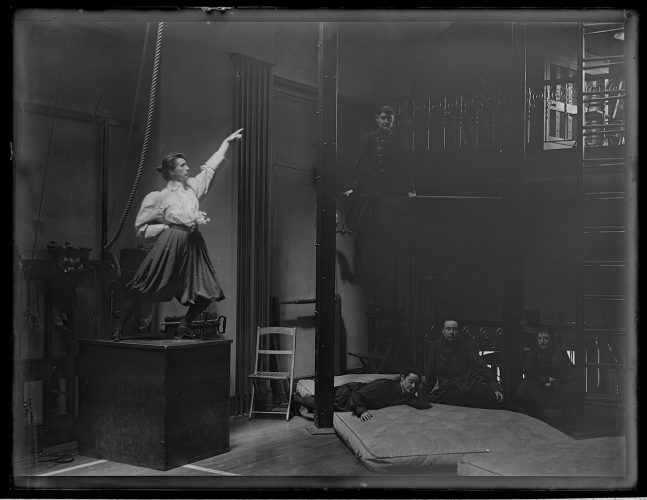
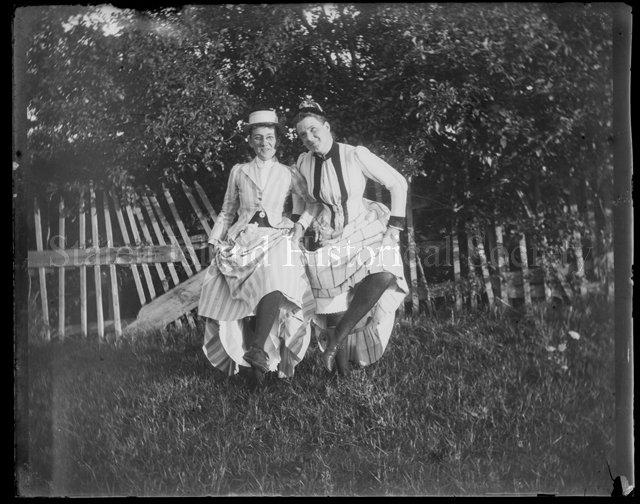
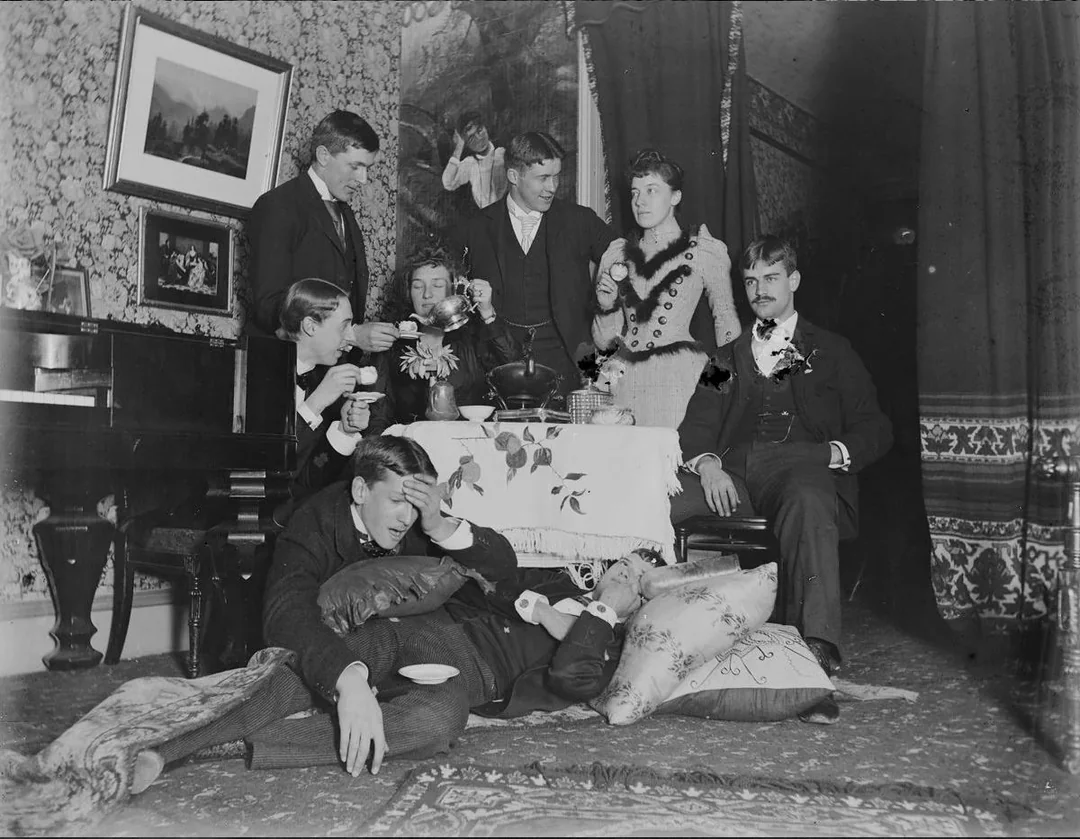
Follow us on TikTok @veinmagazine
–


